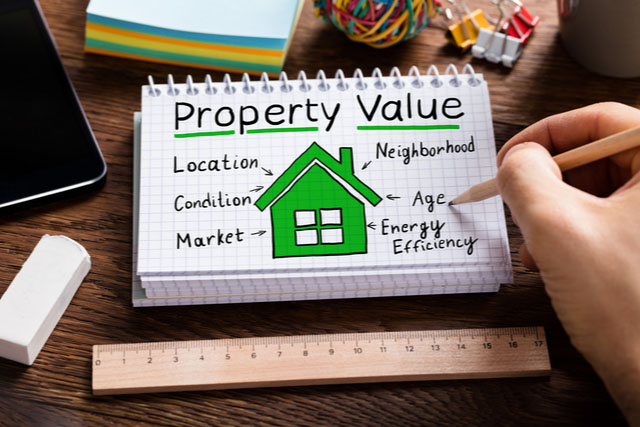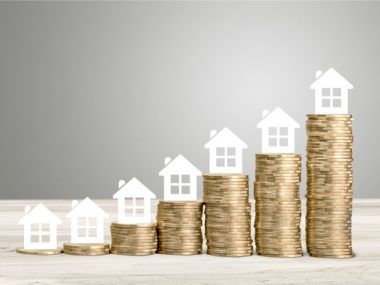When considering real estate investment, if you are unable to judge whether you are paying the right price for a property, it can be difficult to produce profitable results.
This article will explain the road price index as an important indicator when examining the market price of real estate.
The roadside land price method
Street prices are one of the indicators that real estate investors should know how to use.
Because it is not easy to calculate whether the real estate price is appropriate or not, the land price becomes useful in making this assessment.
What is the roadside land price?
The roadside land price is the property price per square metre of land facing the road in units of 1000 yen. It is also called inheritance tax line value and is used when calculating inheritance tax and gift tax.
The roadside land price is announced by the National Tax Agency every July. The roadside land price exists in most urban areas and is influenced by the area’s tax payments.
There are various indicators used to value real estate, but some areas do not have them all. The roadside land price is almost always fixed in areas where real estate investment is considered, so it’s an easy one to use when you check your property valuation.
How do I find out the roadside land price?
You can check the roadside land price by looking at the roadside land price map created by the National Tax Agency. You should check the price of the route in the area where you live and the area where you are considering real estate investment.
National Tax Agency Route Price Chart/evaluation Ratio Chart
How do I calculate the roadside land price?
There are many complicated calculation formulas when it comes to other indicators, but road price uses a simple formula.
The line price is the price per square metre of the standard residential land facing the line.
Value = Route Value × Area (Square Metres)
What are the other indexes of property price evaluation other than the land price?
There are indexes to evaluate property prices other than the route price, it is important to understand each index.
Actual market price
This is the price of the real estate transaction. Because there are sellers and buyers, and the contract is made, it can be said that the price is a balance between supply and demand.
Different from the other indexes, the price is what the property was sold for, so it will be helpful when you are assessing the value of your potential investment.
However, there are many cases where there is no real market price that is close to the real estate we are considering, so we estimate the price by using indices such as road prices.
Posted price
This is an official price announced by the Ministry of Land, Infrastructure, Transport and Tourism on January 1 each year.
The posted price is a price determined by appraisals from multiple real estate appraisers. It is recommended that the posted price be used as an indicator for land purchases for public works projects and land transactions on the general market.
It is important to consider many judgment factors when investing in real estate
Route prices are one important indicator of value when considering real estate investment. But it is better to consider a combination of various indicators, rather than just looking at the road price to decide where to invest.
This is because there may be a price difference between the street price and the actual market price at which the transaction is actually made, and it is not always possible to buy or sell real estate at the street price.
Since it is difficult to judge whether real estate is good value without any factors to judge, it is better to check the land price every year and use the land price to judge comprehensively whether the land price is on an upward or downward trend and whether the evaluation is high or low compared to the surrounding area.







